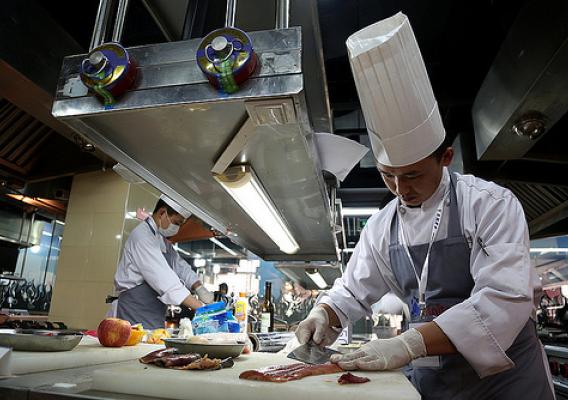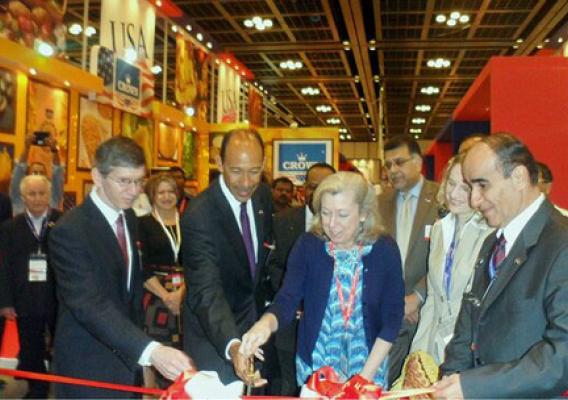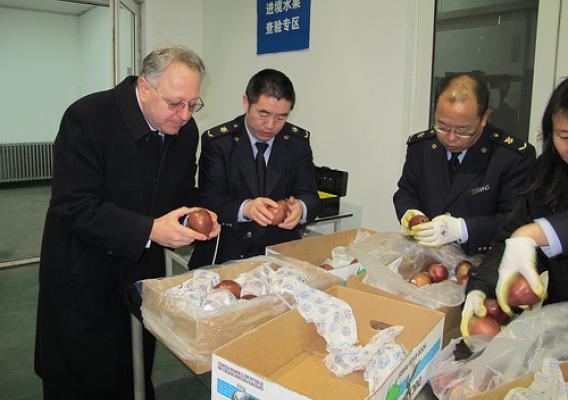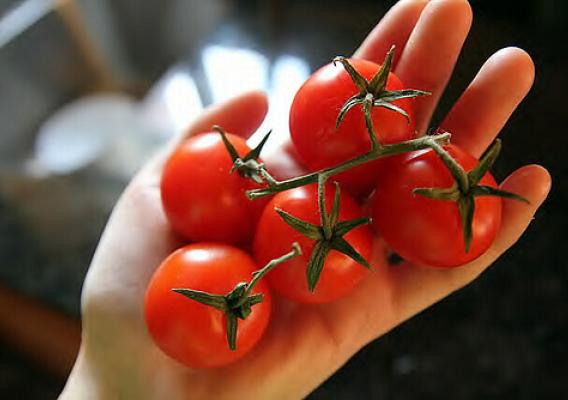The theme for this year’s USDA Agricultural Outlook Forum is centered on managing risk in today’s markets. The forum will feature several international trade sessions highlighting strategies, challenges, and prospects for growth for U.S. agricultural exporters.
One of the international trade sessions, “Prospects for Export Growth in Mexico, Indonesia, South Korea, and Turkey,” will feature a panel of experts highlighting the many promising market opportunities for these countries. Commonly known as MIST, these markets accounted for more than 21 percent of U.S. exports with shipments reaching $29 billion compared to $18 billion only five years ago.
Panelists include Mitch Skalicky, the U.S. Wheat Associates Regional Vice President for Mexico, Central America and the Caribbean; Dennis Voboril, a returning USDA agricultural counselor from Indonesia; Michael Francom, a returning agricultural attaché from South Korea; and Kyd D. Brenner of DTB Associates, LLP, discussing Turkey.





